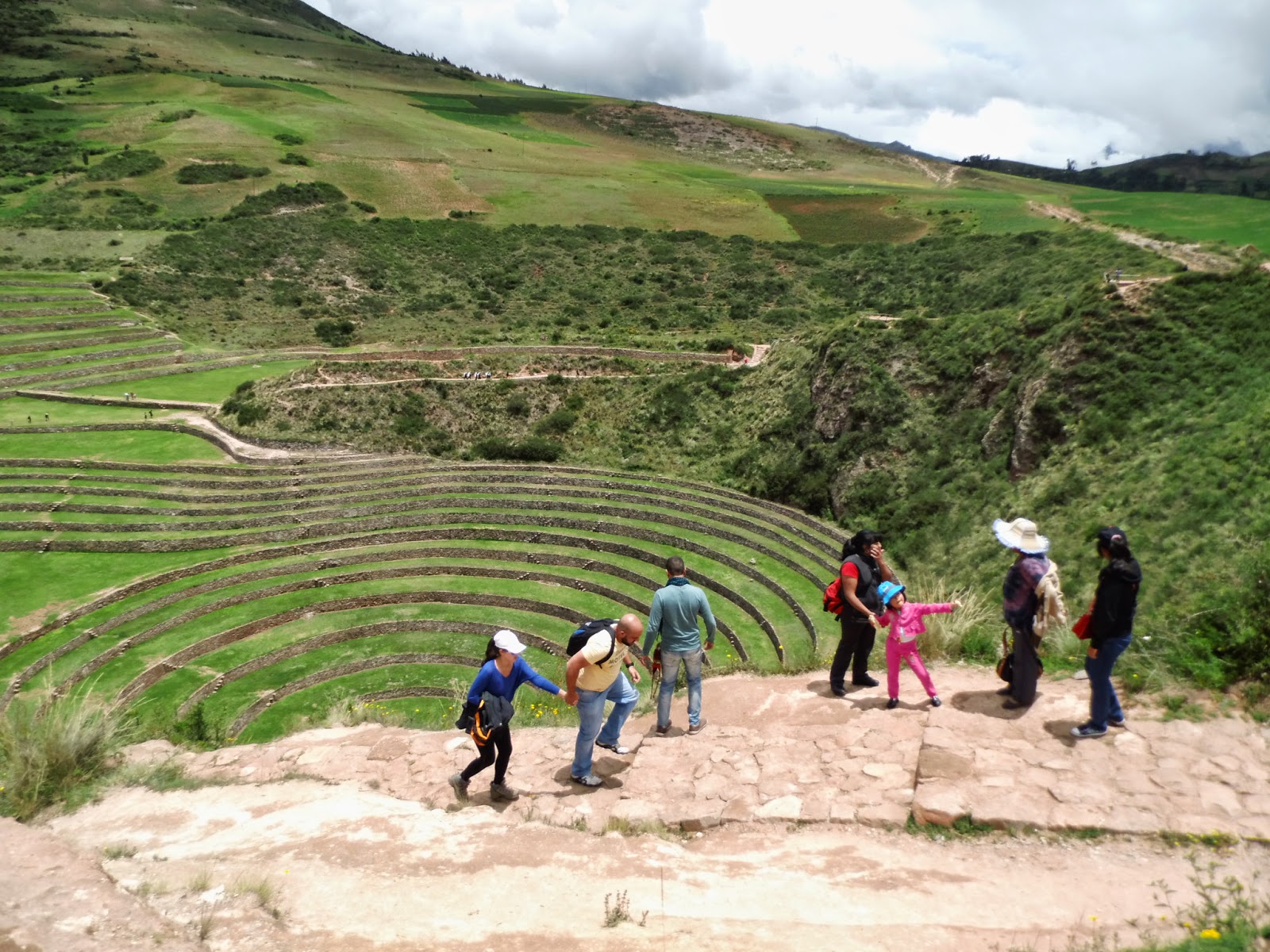After joining the 10 or so milling tourists, most of whom appeared fluent in Spanish, I was placed beside two Latino women who were going on the same tour.
Another guide came along and lead is off to a small bus. On board and off we went. Five minutes into the ride I found out I was on the wrong bus. The guide on the bus made a quick call and informed me I would be let off at a turn out, and a taxi would be along soon to take me to my real shuttle.
Ten minutes or so later a taxi with one of the tour people with less English than I have Spanish picked me up, and off we went following the bus I just got off of.
I had wondered while waiting if the two Latin ladies were also on the wrong bus, and yes they were. We were at least another ten minutes driving to get to the spot they were dropped off at, then we turned around to catch up with the shuttle we were supposed to be on.
There were five of us in a taxi designed for five. Crowded but not bad.
Then we got joined by another guide who ended up sitting in a lap.
Fifteen minutes riding in a taxi, listening to three people talking rapid fire Spanish into cell phones, we pulled over to a stop, one of the tour agents got out and paid the taxi driver, and we were off to catch the shuttle with only five in the taxi.
We got to the town where the shuttle was supposed to be waiting for us, and there was no shuttle.
Two more phone calls and we got accurate directions to the shuttle.
Try to load everyone on the shuttle, and lo and behold there are now three too many people to fit on the shuttle.
One who had been picked up on route got let off twenty miles early, and a late joiner ended up in the aisle along with the actual tour guide.
So, with an hour delay, we were off to the town of Maras and the nearby Incan site called Moray.
I could not find a reference for when the site for started. It is Incan, without doubt in style of stone work and irrigation. There is a lot of speculation on the actual use of the site, but the majority of people think it is the world's oldest agricultural research station.
Between the location, microclimate and stone work, there is a fifteen degree difference in temperature between the topmost, coldest terrace and the bottom one.
The stones in the lower terraces act as heat sinks and although the temperatures are fairly even from top to bottom during the day, at night, the difference appears. The narrower the terrace, the more the stone influences the temperature.
There has been much speculation on how the Incas managed to create the vast diversity of crops, with over 3,000 varieties of potato alone, but it must be rooted in research such as would be possible at Moray.
There was an extremely wet year, and extensive damage was done to the east terracing, with wooden shoring being put in place until funds are available for reconstruction.
The site goes a long way towards showing the strength of the Incas. They were masters at using natural features for building and agriculture, including irrigation. One of their greatest influences on modern times though was their dedication to agriculture and the diversity of crops this has brought us. They experimented to find the best fertilizers, and used a variety depending on both crop and climate.
All in all, a fascinating look into how, in part, they achieved greatness.













